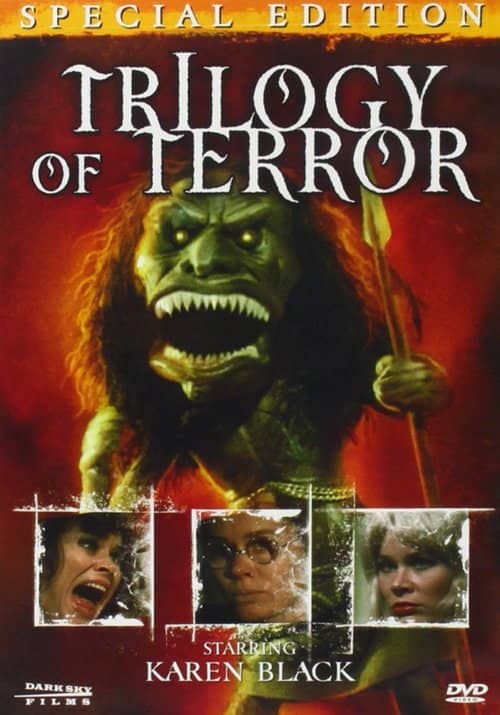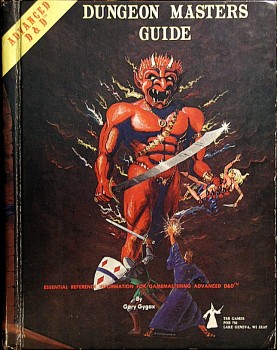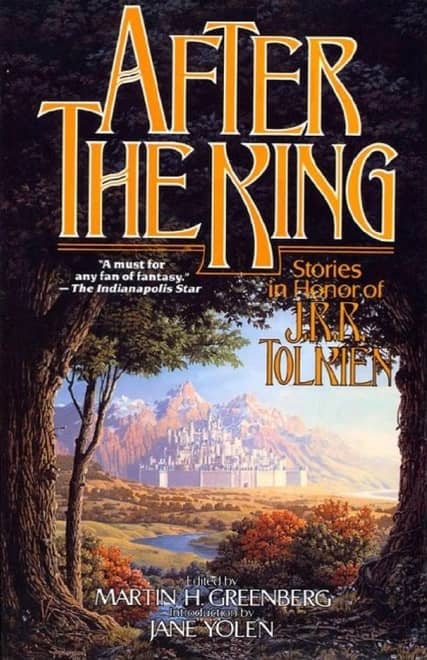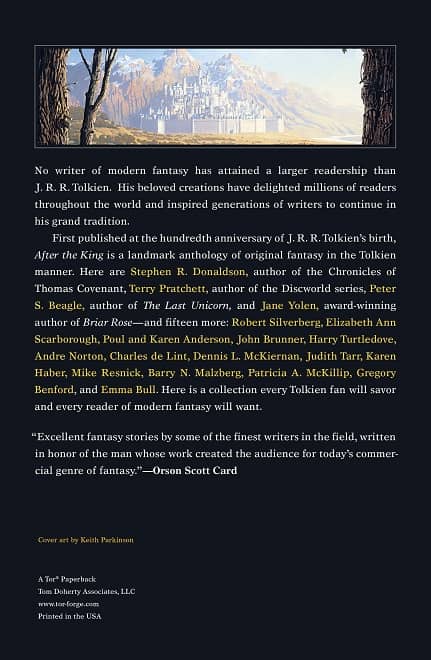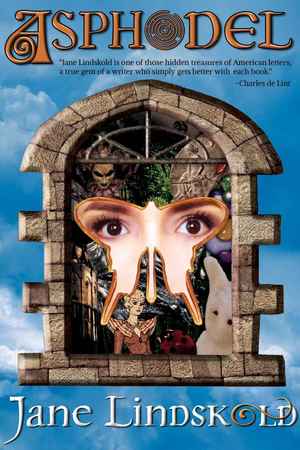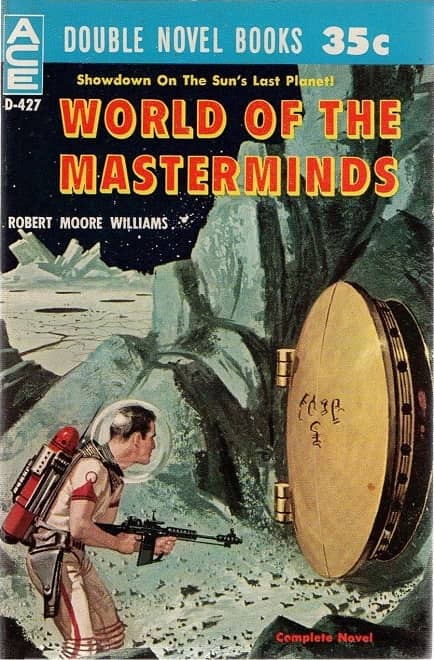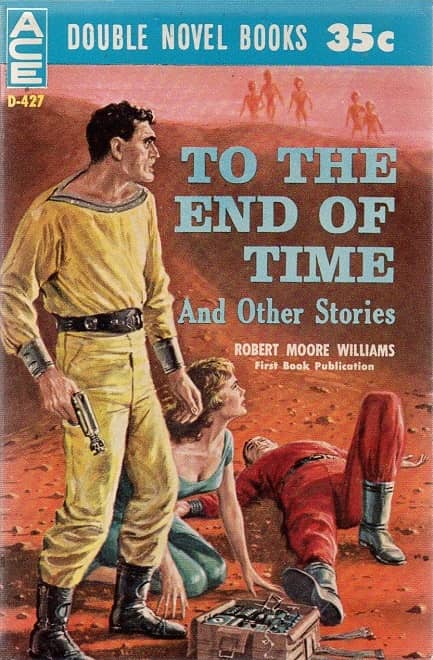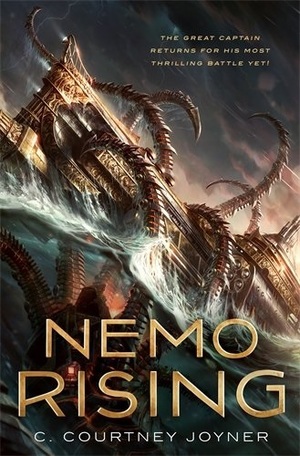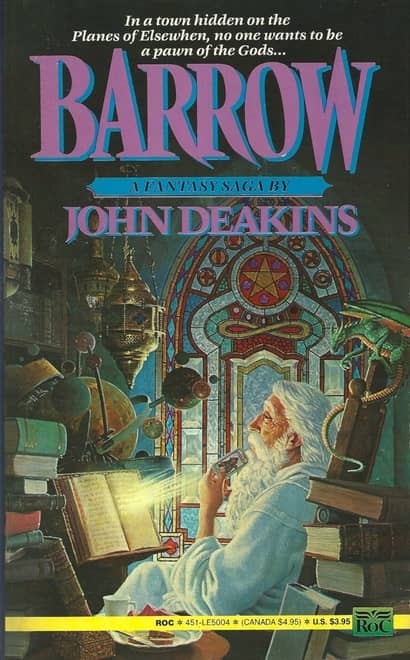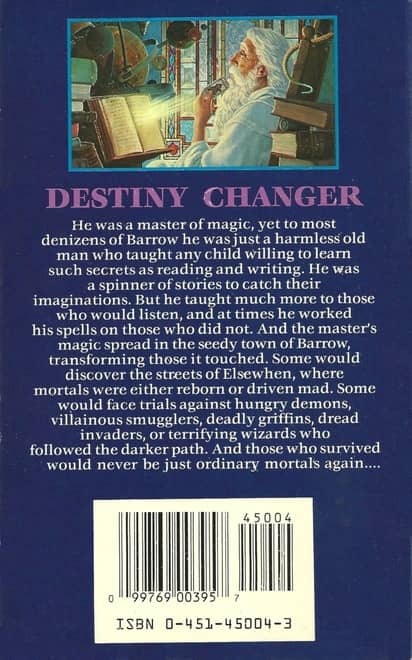Birthday Reviews: Gene DeWeese’s “The Man in Cell 91”
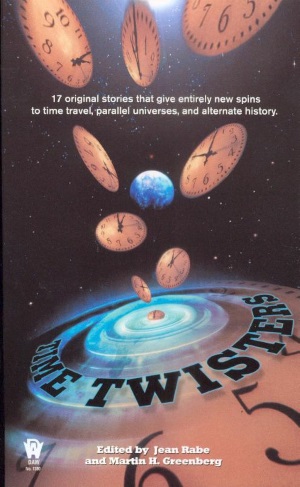
Gene DeWeese was born on January 31, 1934 and died on March 19, 2012. DeWeese wrote several television and gaming tie-in novels, including work in the Lost in Space, Ravenloft, Star Trek, and Man from U.N.C.L.E. universes as well as original YA novels.
DeWeese has collaborated with Robert Coulson and has used pseudonyms including Jean DeWeese, Thomas Stratton, and Victoria Thomas. His novel The Adventures of the Two-Minute Werewolf was adapted into a television film. He served as a technical writer on the Apollo program.
“The Man in Cell 91” was published in Time Twisters, edited by Jean Rabe and Martin H. Greenberg and released in January 2007.
The title of the story, “The Man in Cell 91” provides a certain expectation for the reader as an unnamed man, alone in a cell, is suddenly visited by dreams or visions, each one showing people in despair at the moments of their deaths. Without any agency or understanding why, the man sees people starving to death, being killed in battle, and eventually a priest committing suicide because his sexual transgressions have been discovered, and one of the priest’s victims committing suicide.
As the man comes to an understanding, DeWeese begins to reveal his identity, providing the reader with their own sense of understanding. The story isn’t quite an alternate history, nor a secret history, but does offer a look at a potential alternative to our own timeline.
